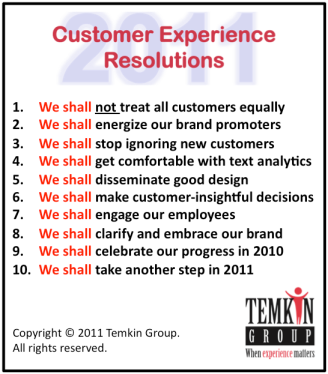Airtel - a leading Indian cellular service provider has (supposedly) announced that it will start charging customers for service calls to its call centers. Though a nominal amount, the first reaction to the news has been indignation. Here below is my take on Airtel's move.
 (Image referenced from Livin’ On Tulsa Time)
(Image referenced from Livin’ On Tulsa Time)
From being one of the most expensive countries to make cellular calls in (and from), India has fast progressed to being one of the most economical. Its not only the fastest growing cellular market, but also very competitive. Multinational service providers from all over are swarming into the 'market of tomorrow' by the dozens. Whereas the mature markets are all about maximizing margins per customer, India has been about maximizing a customer base with very low margin per customer (profiting from the bottom of the pyramid). With increasing competitive & stock market pressure, managing costs is understandably a high priority for cellular businesses in the country. From this perspective, the move to charge for customer service does sound like a logical step.
Calling a service desk is a rare scenario in which a customer initiates direct contact with a business. Do you see this as an opportunity to charge customers? Or, as an opportunity to develop better customer relations? Proponents of customer centricity will argue that this is the best opportunity to better understand customer's needs & to delight her. But what is Airtel doing? Instead of wooing customers into this channel of interaction, they are going to shoo them away? Isn’t the cost worth the opportunity to stay in touch with customers? Are they trying to convert an operational cost into a profit?
Anything given free looses it value. Suppose Airtel is coming with the line of thought that its customers are not optimally utilizing the service framework it provides. With the nominal charge, Airtel (maybe) just wants to nudge customers into better using this facility (a more efficient cost line in its P&L). Can charging for the service make customers value the service any more? Maybe. But then, if you charge for something, it better provide its money's worth. Else, you stand the risk of turning an already disgruntled customer into a churn statistic.
Players in other industries have used a similar strategy earlier. Computers & peripherals is a segment that comes to mind easily. Such a strategy has resulted in the evolution of an ecosystem of maintenance service providers - an alternative for customers to get their issues addressed. In many cases, these service providers are better positioned to address customer needs & wants than the parent business itself. Also, it has resulted in increased customer value & satisfaction. I don't believe in this being a strategy for Airtel.
In many ways, Airtel has been a pioneer in the industry & has successfully managed its leadership position. The Indian market too has been known to evolve in surprisingly different ways across industries. Innovative practices & products have come out of the market at a sprinting pace. Dismissing the current move of Airtel's as thoughtless is to be done at the risk of being short sighted. Being an Airtel customer (a life long one at that) & a share holder, I sign off this post with the hope that this is just another ace up its sleeve.







 (Image referenced from
(Image referenced from 




